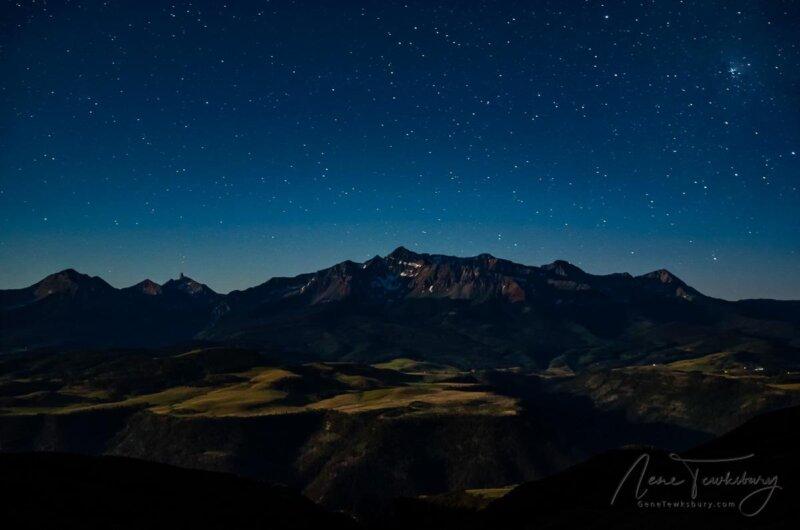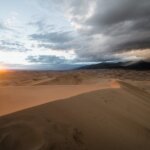Welcome to the world of Dark Sky designated areas, where the night sky comes alive with a breathtaking display of stars and galaxies. These locations offer a unique opportunity to reconnect with the natural world, away from the hustle and bustle of city life. In this article, we’ll explore the origins of Dark Sky designated areas, their benefits, and highlight some of the most beautiful locations in Colorado and Utah.

What is a Dark Sky Area?
A Dark Sky Area is a location that has been designated as having minimal light pollution, making it an ideal location for stargazing and astronomical observations. These areas are carefully selected and monitored to ensure that the natural darkness of the night sky is preserved. The International Dark-Sky Association (IDA) is a non-profit organization that is dedicated to preserving the night sky and promoting awareness of the importance of darkness.
How Did They Come to Be?
The movement to create Dark Sky designated areas began in the 1980s when astronomers and environmentalists started to notice the negative effects of light pollution on the night sky. The IDA was established in 1988 to address this issue, and since then, Dark Sky designated areas have been established in many parts of the world.
Benefits to Environment and to People
Dark Sky designated areas offer many benefits, both to the environment and to people. By reducing light pollution, these areas help to protect the natural habitats of nocturnal wildlife, such as birds and bats. Additionally, studies have shown that exposure to artificial light at night can have negative effects on human health, including sleep disorders and depression. Dark Sky designated areas offer a chance to disconnect from technology and reconnect with the natural world, promoting wellness and mindfulness.
Coveted by Night Sky Photographers
It is no great mystery why shutter bugs love to visit these destinations. The natural darkness of Dark Sky designated areas creates a canvas for photographers to capture the beauty and wonder of the night sky. Photographers are drawn to these locations because they offer an opportunity to capture stunning images of the Milky Way, constellations, and other celestial objects that are not visible in urban areas.
Dark Sky Locations in Colorado and Utah
Colorado and Utah are home to some of the most beautiful Dark Sky designated areas in the world. Let’s take a closer look at some of these locations.
Great Sand Dunes National Park and Preserve, Colorado
Located in southern Colorado, the Great Sand Dunes National Park and Preserve is home to the tallest sand dunes in North America. The park was designated as a Dark Sky Park in 2019 and offers visitors a chance to experience the majesty of the night sky in a truly unique environment. The dunes create a stark contrast against the darkness of the sky, making it an ideal location for night sky photography.
Black Canyon of the Gunnison National Park, Colorado
The Black Canyon of the Gunnison National Park is located in western Colorado and is known for its steep and narrow canyon. The park was designated as a Dark Sky Park in 2015 and offers some of the darkest skies in the country. Visitors can attend stargazing events and programs throughout the year, and the park is a popular destination for night sky photographers.
Crested Butte, Colorado
The town of Crested Butte, Colorado, was designated as a Dark Sky Community in 2019. The town has worked to reduce light pollution and promote the importance of the night sky through educational programs and public events. Visitors can take part in guided stargazing tours, attend astronomy lectures, and explore the night sky from one of the town’s many scenic locations.
Bryce Canyon National Park, Utah
Bryce Canyon National Park is located in southern Utah and is famous for its unique rock formations, known as hoodoos. The park was designated as a Dark Sky Park in 2019 and offers visitors a chance to experience the wonder














